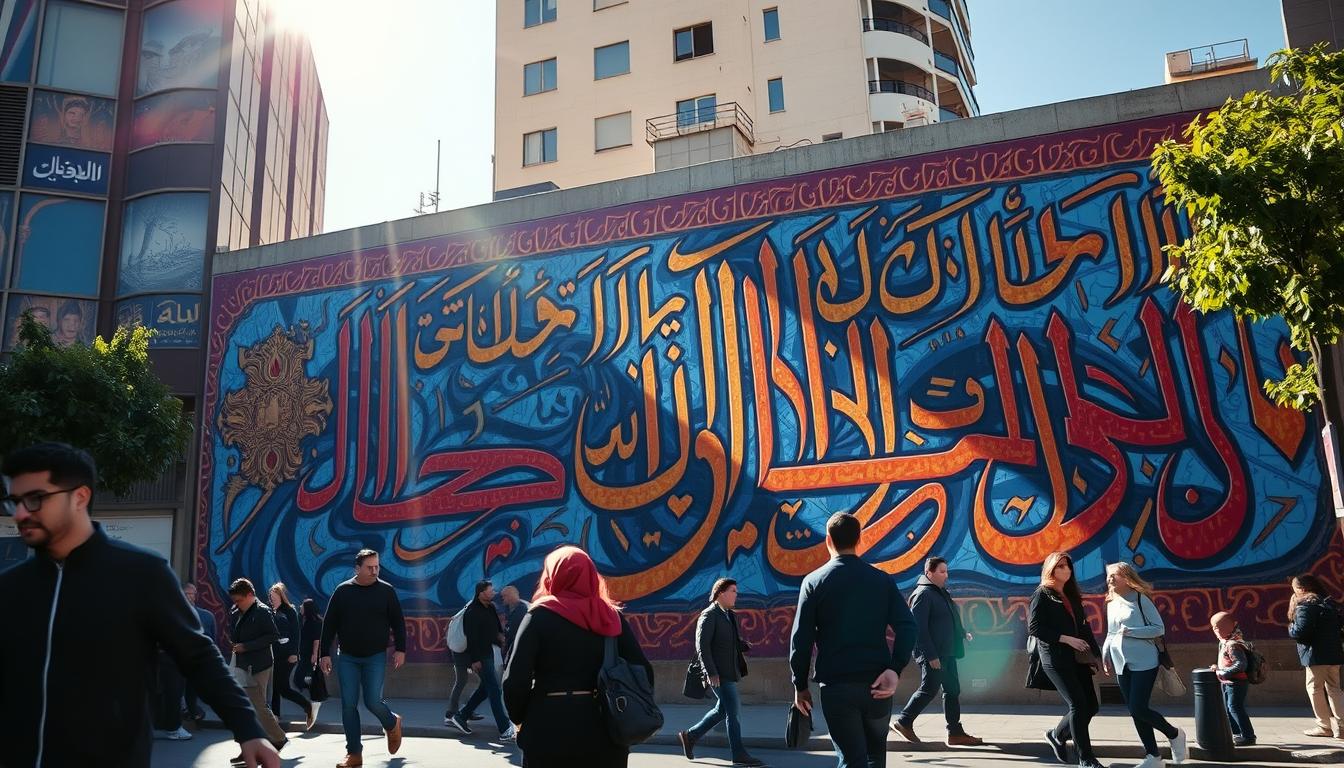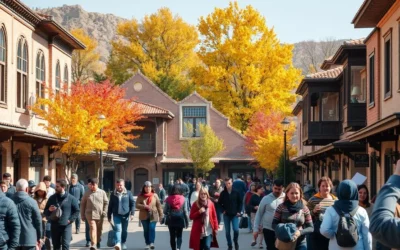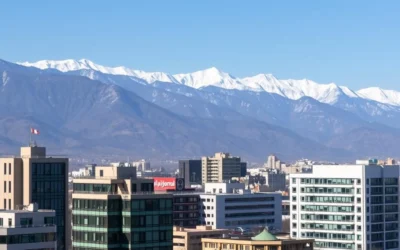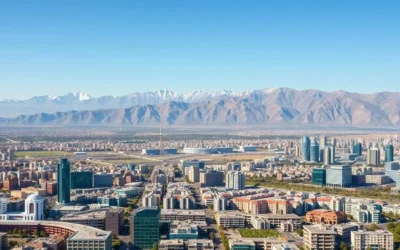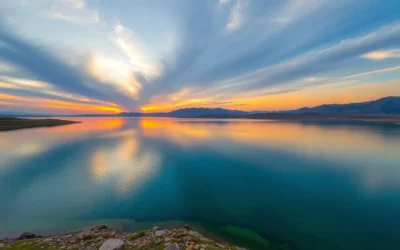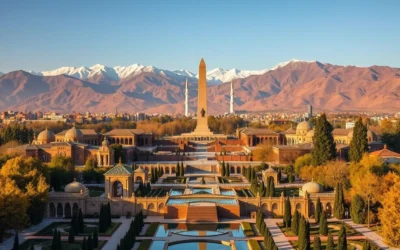✓ Accommodations✓ Flights✓ Rental Cars
Have you ever wondered how a language can shape a nation’s identity? In Iran, Persian, locally known as Farsi, is more than just a way to communicate. It’s a cornerstone of culture, history, and unity. With deep roots in the region, this language has become the primary medium for education, governance, and daily life.
Persian isn’t just the official language; it’s a symbol of national pride. It connects people across diverse backgrounds, fostering a shared identity. From ancient poetry to modern literature, its influence is undeniable. Understanding this language offers a window into the soul of the Iranian people.
Why does Persian hold such significance? Its role in education and government highlights its importance. It’s not just about words; it’s about preserving a rich heritage. Dive into this article to explore how Persian shapes Iran’s cultural and social fabric.
Key Takeaways
- Persian, or Farsi, is the official language of Iran.
- It plays a central role in education and governance.
- Persian unites a diverse population under one cultural identity.
- Its historical roots make it a symbol of national pride.
- Understanding Persian is key to appreciating Iranian culture.
Overview of Iran’s Linguistic Diversity
What makes a country’s language landscape so unique? In this region, Persian may dominate, but it’s far from the only language spoken. A rich tapestry of dialects and tongues reflects centuries of history and cultural exchange.
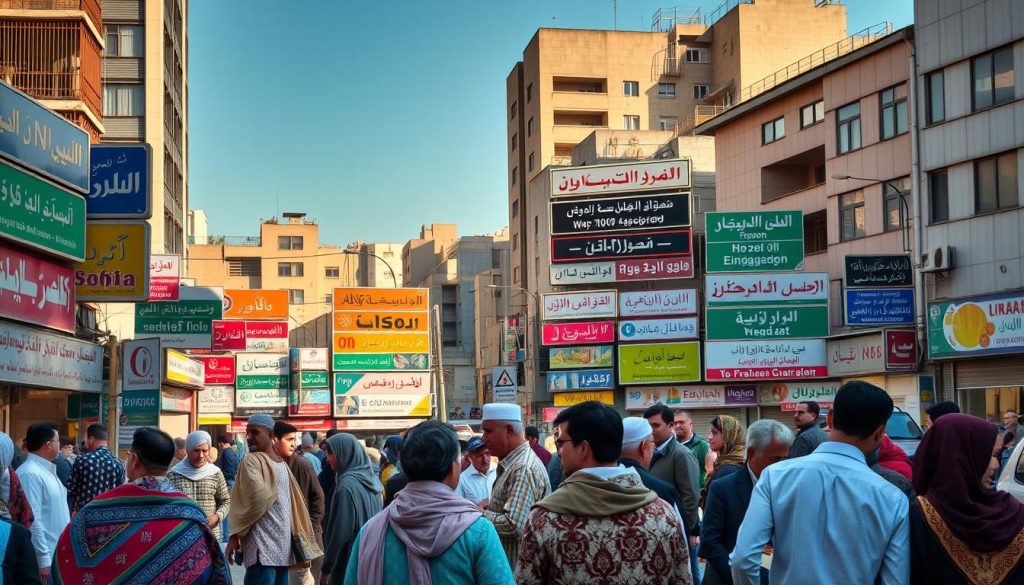
From the rugged mountains to the bustling cities, each group has preserved its linguistic heritage. This diversity isn’t just about words; it’s about identity and tradition. Let’s dive into the factors that have shaped this vibrant language iran scene.
Historical and Cultural Context
Centuries of migration and conquest have left their mark. Aryan tribes, Turkic settlers, and Arab influences have all contributed to the dialect mosaic. These interactions have created a unique blend of languages and cultures.
For example, the Kurdish language has roots that trace back to ancient times. Similarly, Azerbaijani and Balochi reflect the movements of people across borders. This historical depth adds layers to the language spoken today.
Impact of Ethnic Diversity on Language
Ethnic groups play a vital role in preserving their dialects. Whether it’s the Lurs in the mountains or the Armenians in urban centers, each community adds to the linguistic richness. This diversity is a testament to the resilience of cultural identity.
Despite the dominance of Persian, Kurdish, Azerbaijani, and other tongues thrive. They are not just ways to communicate but symbols of heritage. This interplay between tradition and modernity keeps the language iran landscape dynamic.
| Language/Dialect | Percentage of Speakers |
|---|---|
| Persian (Farsi) | 53% |
| Azerbaijani | 16% |
| Kurdish | 10% |
| Arabic | 3% |
| Balochi | 2% |
Iran: Official and widely spoken languages
How does a language become the backbone of a nation’s identity? In this region, Persian, or Farsi, stands as the cornerstone of communication, culture, and governance. It’s more than just a way to speak; it’s a unifying force that bridges diverse communities.
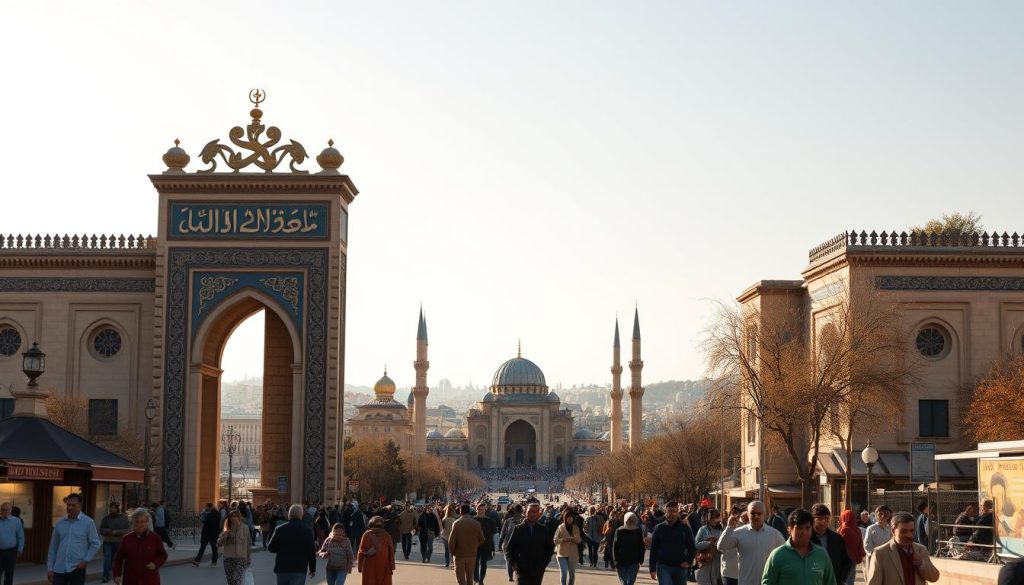
Persian/Farsi as the Official Language
Persian has been the official language since the early 20th century. It’s used in schools, government offices, and legal systems. This ensures that every person and family can communicate effectively with state institutions.
Institutions like the Academy of Persian Language and Literature play a key role. They maintain linguistic standards and preserve the middle Persian heritage. This helps keep the language vibrant and relevant in modern times.
Constitutional Language Policies and Regulations
The constitution mandates Persian for all official communication. However, it also allows limited use of minority languages like Luri and Gilaki. This balance ensures cultural continuity while promoting unity.
From the Qajar dynasty to today, language policies have evolved. Yet, Persian remains central. It’s a testament to its enduring role in shaping the nation’s identity.
- Persian is the primary language for education and governance.
- Minority languages like Luri and Gilaki are preserved under constitutional provisions.
- Institutions like the Academy of Persian Language and Literature maintain linguistic standards.
- Historical policies have shaped the current language landscape.
Exploring Regional Languages and Dialects
Ever thought about how regional dialects shape a community’s identity? Beyond the dominant iranian language, this region boasts a vibrant mix of tongues. Each one tells a story of history, culture, and resilience.
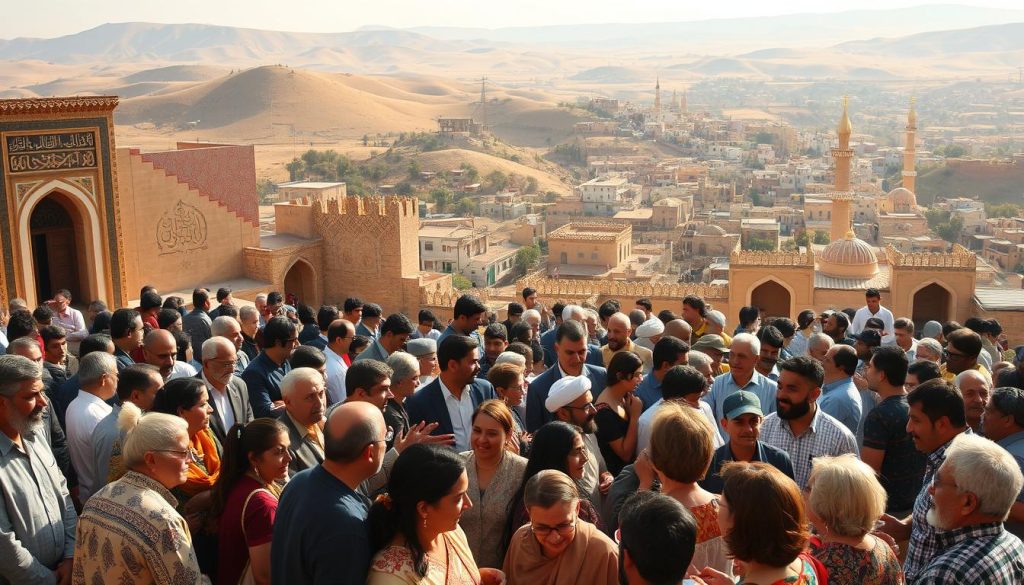
Turkic, Kurdish, and Other Dominant Regional Tongues
Languages like Azerbaijani, a Turkic tongue, are spoken by a significant number of people. Kurdish, with its rich heritage, is another key player. These languages are not just for communication; they’re symbols of identity.
For example, Mazandarani and Georgian add depth to the linguistic landscape. They reflect the unique traditions of their speakers. This diversity is a testament to the region’s cultural richness.
Minority Languages and Their Cultural Role
Minority tongues, though less formal, hold immense cultural value. Dari, for instance, is a form of Persian with its own distinct flavor. It’s a bridge between the past and the present.
These languages are more than just words. They’re a way for communities to preserve their heritage. Even as modernization progresses, they remain a vital part of daily life.
From the mountains to the cities, regional dialects thrive. They enrich the iranian language scene, making it a tapestry of voices. Each one contributes to the region’s unique identity.
Foreign Language Influence and Education Policies
How do foreign languages shape education and culture in a nation? In recent years, shifts in language teaching policies have sparked discussions about balancing tradition and modernity. These changes reflect broader government strategies to preserve cultural identity while adapting to global demands.
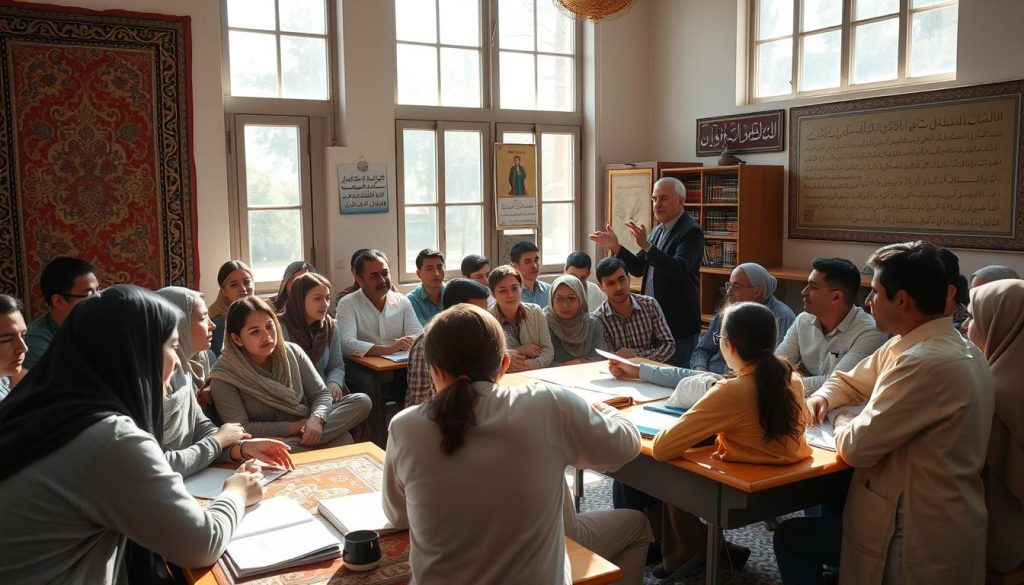
Trends in Teaching English, French, and Arabic
English, once a compulsory subject, is now optional in many schools. This shift aligns with efforts to prioritize local languages and reduce reliance on foreign influences. However, the demand for English remains high, driven by its global importance.
Arabic, with its Islamic significance, has also seen adjustments. While it remains a part of the curriculum, its teaching methods have been revised to fit new educational frameworks. This reflects a balance between religious heritage and modern educational needs.
French and other languages, like Hebrew, are intermittently included as alternatives. Their inclusion often depends on regional preferences and socio-political factors. These trends highlight the government‘s nuanced approach to language education.
Impact on Minority Language Practices
Changes in foreign language policies also affect minority communities. While Persian remains dominant, the downgrading of English has created space for local dialects to thrive. This supports cultural preservation and strengthens community identity.
For example, languages like Luri and Gilaki are gaining more recognition in schools. This shift reflects a broader strategy to promote linguistic diversity while maintaining national unity.
| Language | Current Status | Policy Changes |
|---|---|---|
| English | Optional | Downgraded from compulsory status |
| Arabic | Revised curriculum | Teaching methods adjusted |
| French | Intermittent inclusion | Regional preferences influence teaching |
| Hebrew | Occasional alternative | Socio-political factors determine use |
These trends mirror broader government strategies to balance tradition with modern influences. By adapting language policies, the country aims to preserve its cultural heritage while preparing for global challenges.
Conclusion
What role does language play in shaping a nation’s cultural identity? Despite a strong focus on Persian, the linguistic landscape remains vibrant and diverse. Influences from neighboring regions like Tajikistan and unique communities across various provinces enrich this tapestry.
From the Gulf coast to the northern highlands, each area preserves its distinct dialects. Languages like Armenian and others reflect centuries of heritage. This diversity isn’t just about words; it’s about identity and connection.
Language policies shape how people speak and interact daily. They balance tradition with modernity, ensuring cultural continuity. Exploring these linguistic traditions offers a deeper understanding of the nation’s cultural vibrancy.
You’re invited to reflect on how this mosaic of languages coexists. Together, they create a unique identity, blending history with the present. Dive deeper to appreciate the richness of this linguistic heritage.
The above is subject to change.
Check back often to TRAVEL.COM for the latest travel tips and deals.
